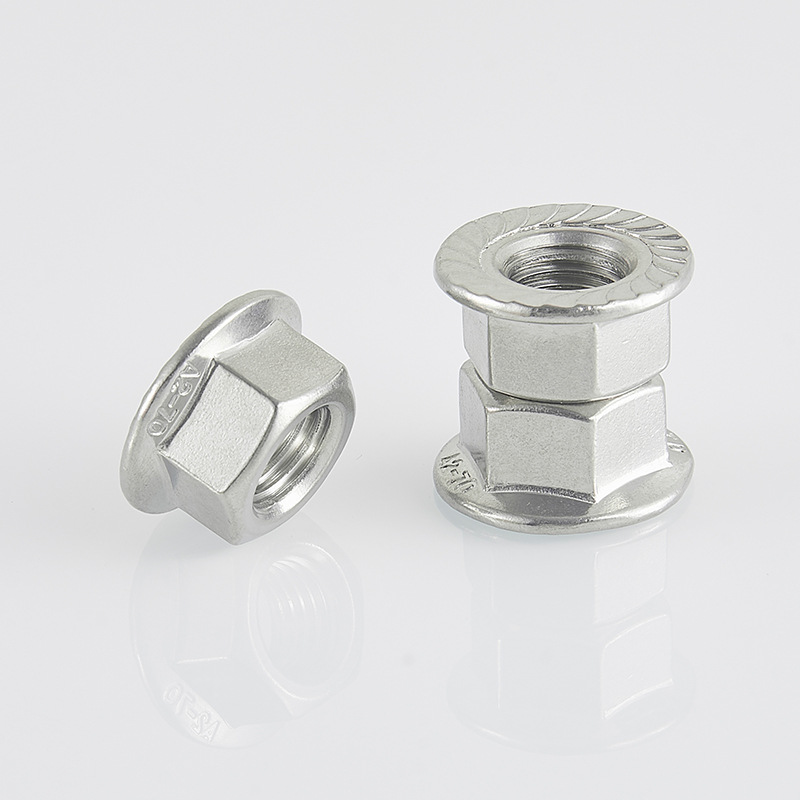

spring washer with flat washer
10月 . 07, 2024 10:37 Back to list
spring washer with flat washer
Understanding Spring Washers with Flat Washers An Essential Fastening Solution
In the world of mechanical engineering and assembly, choosing the right types of fasteners is crucial for ensuring the integrity and reliability of any structure or machine. Among various fastening solutions, spring washers combined with flat washers have gained recognition for their effectiveness in providing stability, reducing wear, and preventing loosening of bolts and screws under dynamic loads.
What are Spring Washers?
Spring washers are a type of mechanical fastener designed to provide a spring force, maintaining tension in bolted joints. They come in various shapes—most commonly as wave-shaped or helical types. The unique design allows them to absorb shock and vibration, which is particularly beneficial in applications subjected to movement or external forces. By providing consistent pressure, spring washers help secure bolts and prevent them from loosening over time.
What are Flat Washers?
Flat washers, on the other hand, are thin, flat discs that are placed between a fastener, such as a bolt or nut, and the surface of the material being fastened. Their primary purpose is to distribute the load of the fastener over a larger area, reducing the risk of damage to the surface and minimizing the chance of loosening due to torque. Flat washers also aid in preventing the wear of the material, extending the life of both the fastener and the component it is securing.
The Benefits of Combining Spring Washers with Flat Washers
spring washer with flat washer

The combination of spring washers and flat washers creates a synergistic effect that enhances the fastening process. By stacking these two types of washers, engineers can achieve better results than using either one alone. Here are some notable benefits of this combination
1. Enhanced Load Distribution The flat washer evenly distributes the load of the fastener, minimizing the surface stress on the material being joined. Meanwhile, the spring washer maintains tension, ensuring that the joint remains tight despite any movement.
2. Vibration Resistance In environments where machinery operates under variable speeds and vibrations, using both washers together provides superior resistance against loosening. The spring washer absorbs the kinetic energy created by vibrations, while the flat washer shields the surface from the wear that can result from constant movement.
3. Compensation for Surface Irregularities The flat washer's design compensates for minor surface irregularities in the materials being fastened. The spring washer can adjust to changes in load and tension, which is particularly useful in situations where thermal expansion or contraction can occur.
4. Cost-Effectiveness While one might consider that using two washers increases material costs, the long-term benefits of preventing failures, reducing maintenance, and enhancing the longevity of the assembly ultimately make it a cost-effective solution.
Conclusion
In conclusion, the importance of spring washers and flat washers cannot be overstated in engineering and assembly applications. Together, they provide a reliable solution for fastening that increases longevity and stability in mechanical systems. As industries continue to evolve and demand more robust solutions, the integration of spring washers with flat washers will remain a best practice in designing safe and effective machinery. Whether in automotive, aerospace, or construction, understanding their advantages is key to achieving superior performance and reliability in every assembly task.
Latest news
-
Premium Fasteners Manufacturer | AI-Driven Solutions
NewsAug.01,2025
-
Hot Dip Galvanized Bolts - Hebei Longze | High Strength, Corrosion Resistance
NewsAug.01,2025
-
High-Strength Hot Dip Galvanized Bolts - LongZe | Corrosion Resistance, Custom Sizes
NewsAug.01,2025
-
Best Self Tapping Screws for Drywall - Fast & Secure Installation
NewsJul.31,2025
-
High-Strength Hot Dip Galvanized Bolts-Hebei Longze|Corrosion Resistance&Customization
NewsJul.31,2025
-
Hot Dip Galvanized Bolts-Hebei Longze Metal Products|Corrosion Resistance&High Strength
NewsJul.31,2025

